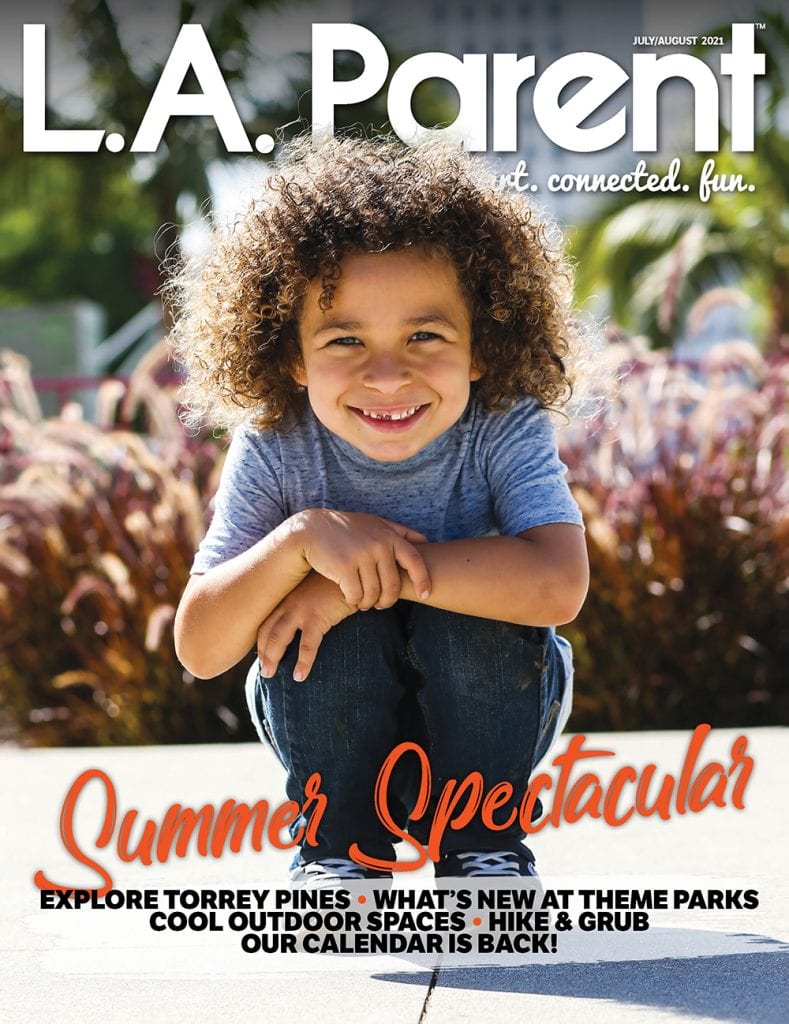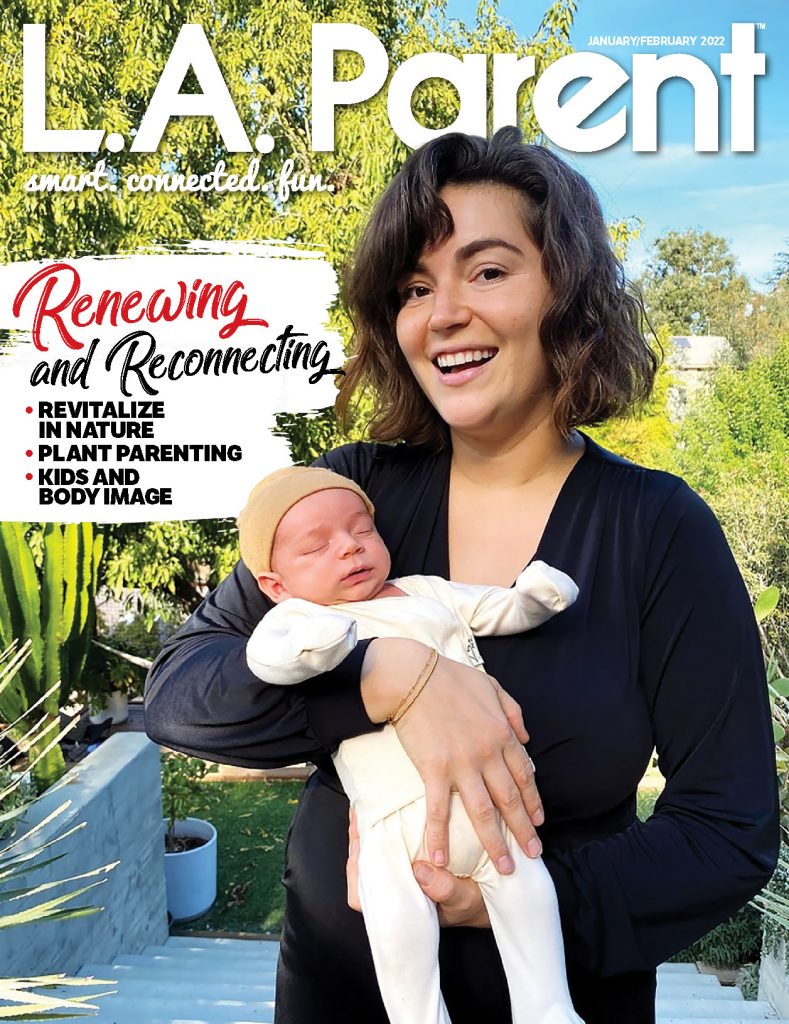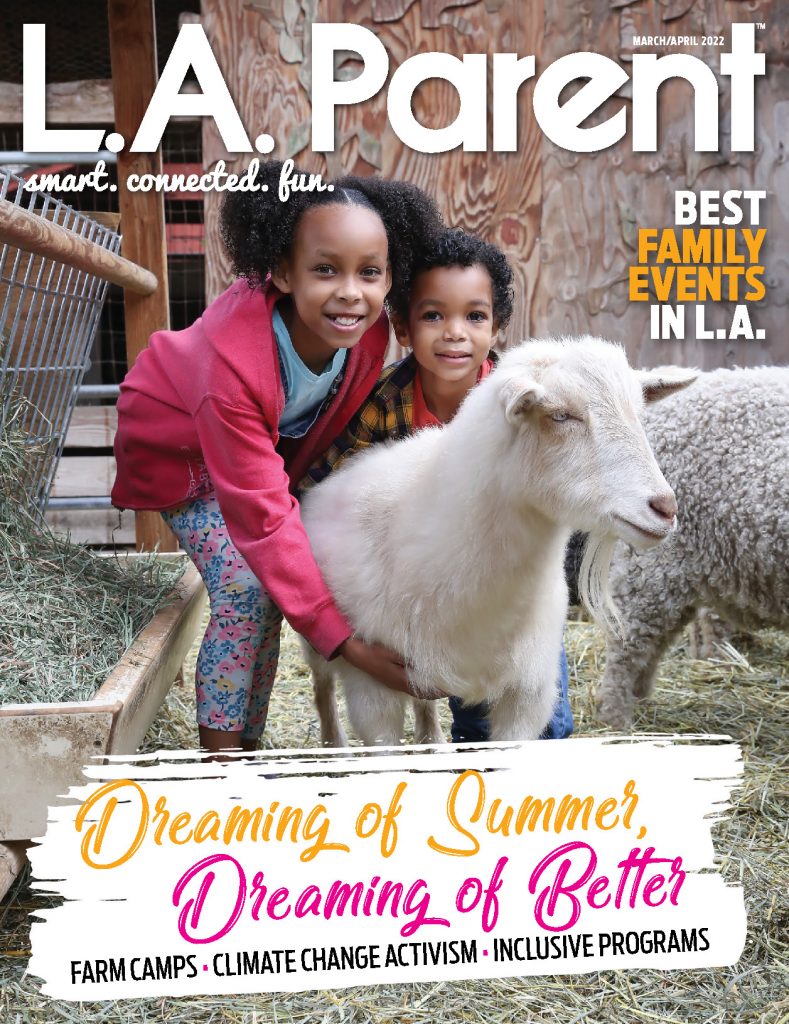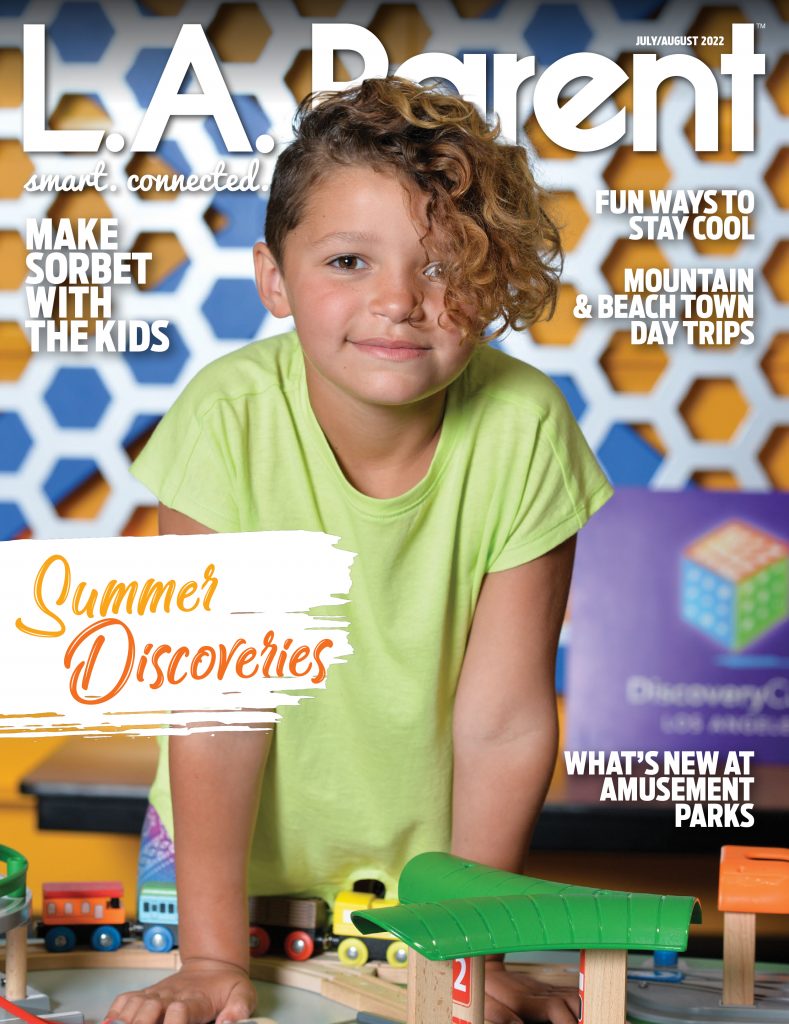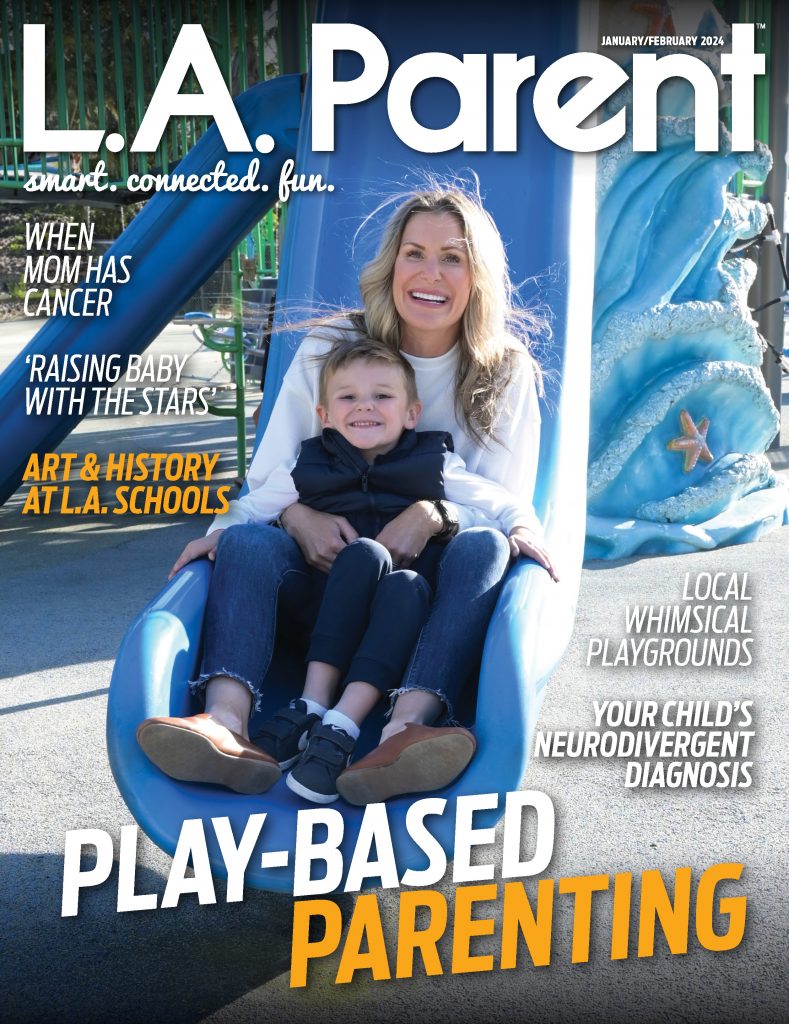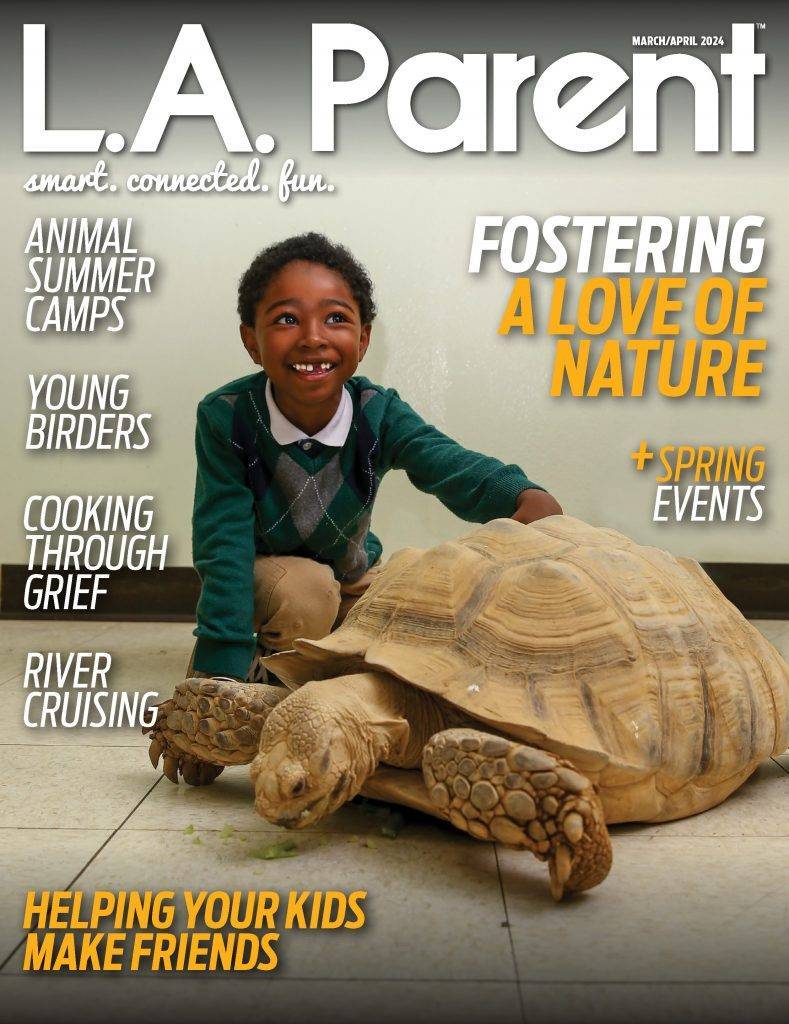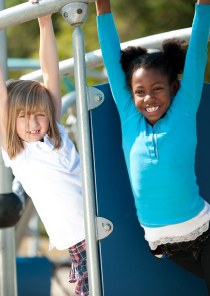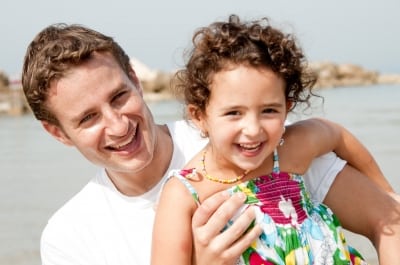
Leading by example is one of the best ways to foster gratitude in children. PHOTO BY PHOTOSTOCK/FREEDIGITALPHOTOS.NET
It can be difficult as parents to maintain our sense of gratitude. Our days are often full of activity, stress and fatigue. Sometimes the idea of writing in a gratitude journal can feel like the last thing we want to tack on to the end of our day.
And yet we know that the more we set an intention to practice gratitude in our daily lives, the easier it becomes. Our gratitude practice starts to feel more natural and less effortful … something to look forward to, rather than one more item on the to-do list.
What if we could introduce the concept of gratitude to our children early in life? Could developing a sense of thankfulness become a part of children’s vocabulary from a young age? The earlier we give children life skills for their happiness, the sooner such skills can become a part of their tool box for handling difficult days and tough times.
Here are three keys to consider when fostering a sense of gratitude in our children:
Keep it slow. We can’t notice what we have to be grateful for in life if we are living life at breakneck speed. Allow lots of time for rest, conversation and relaxed play. If we slow down, we can make time first to pay attention to the small and big blessings in life. When the pace of life is more calm, we also discover opportunities to share conversations with our children about their daily experiences. What were their “highs” and “lows”? What did they feel happy and sad about? Slowing down allows us to create an opportunity to discover and discuss gratitude with our children, as well as share in their challenges.
Keep it easy. Children may not always be in the mood for a big-picture discussion about thankfulness. Don’t force the matter. We can plant seeds of gratitude in many ways. If they are not receptive to your questions, simply let it rest. You might consider instead modeling thankfulness with your children: “I feel happy that we were able to spend time together at the park today.” Children often follow what we do, more than what we say. Focusing on our own gratitude practice and sharing that with our children can set a powerful example.
Keep it authentic. There are times when all of us – adults and kids alike – may be struggling with difficult circumstances in life. During those times, gratitude may feel superficial or inauthentic. Give children adequate time and space to process what is on their minds, and support them in working through their difficulties. We often have to take some time to process what we are dealing with before we can authentically step into a space of gratitude. This allows us as parents to validate our children’s emotional experiences, keep the lines of communication open and encourage their sense of gratitude to flow when it feels right.

Monisha Vasa, M.D.
Developing a sense of gratitude is a deeply personal and lifelong journey for each of us. We can teach our children to train their eyes and value life experiences, whether we are sharing a delicious ice cream sundae or appreciating a mesmerizing sunset. This not only fosters a habit that will support their emotional wellbeing throughout life, but reminds us to pay attention to our blessings as well. What a beautiful journey to share with our children.
Monisha Vasa, M.D. is a board-certified general and addiction psychiatrist in private practice in Orange County, where she lives with her husband, two beloved children and two English bulldogs. She is also a marathon runner and practices yoga and meditation. For more information, visit www.monishavasa.com.




